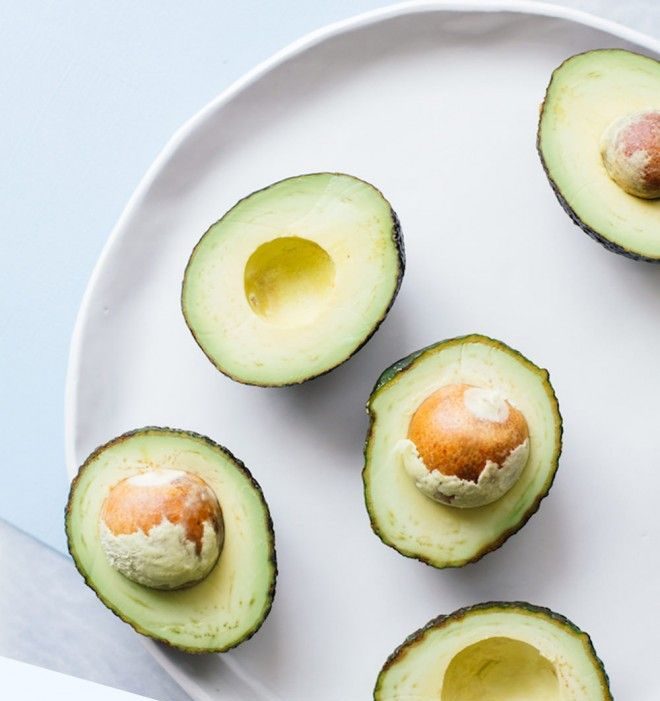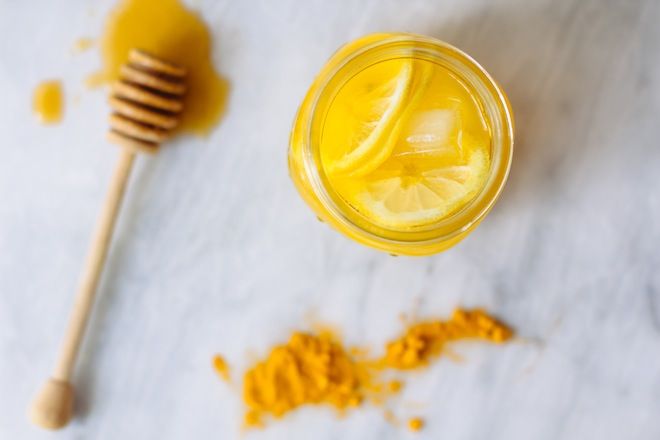

Often clients come to me with several health needs such as hormonal imbalances, skin issues, digestion, mood swings, etc. Of course my scope is to tackle those with a tailored nutrition plan, but I also take a look at their entire picture of health, including hormones. The topic of hormones affects every single one of us, but today I wanted to specifically tackle women’s health and hormones, including how hormones affect mood swings, signs of hormonal imbalances, and what you can do about both through a unique nutritional perspective of Ayurvedic medicine. I’ve been fascinated with alternative forms of medicine and Ayurveda was one of many I studied on the sidelines during my academic career. Although I’m a nutrition expert, my expertise isn’t in Ayurvedic so I turned to Dr. Kulreet Chaudary to help give us a primer on PMS, hormonal imbalances, and how we can tackle those pesky monthly symptoms with nutrition. I’ll let her take us from here, and be sure to check out the Guide to Healthy Hormones: A women’s health ebook download at the bottom if you want to dive in a little deeper!
For most women, that “particular time of the month” is something of a nuisance — a time we wish we could skip. In fact some women even opt for birth control methods that completely abolish their monthly cycle. But in reality, a woman’s menstrual cycle offers a uniquely significant opportunity for both detoxification and rejuvenation. Honoring your body and the monthly cycles that it goes through is a way of increasing vitality and productivity for the many years to come.
In Ayurveda, menstruation is viewed as a time of purification and rejuvenation for women. In fact, there are certain conditions that are considered to be curable if they occur in a menstruating woman that would otherwise not be treatable due to the added benefits that her monthly cycle provides. During menstruation, your body removes built up toxins, called ama in Sanskrit. These toxins are the nidus for disease and a woman’s ability to remove this ama on a regular basis significantly strengthens her ability to stay healthy. This is particularly important in our modern world, where we are bombarded with environmental toxins as well as toxic ingredients added to our foods. But for so many of us, our daily demands don’t allow us to honor these natural cycles, resulting in imbalances in both our body and mind. This imbalance can result in PMS and menstrual discomfort since menstruation is a time of rebalancing. So in essence these uncomfortable symptoms are simply the body and mind trying to purge itself of toxins accumulated over the month. Rather than completely blocking this critical monthly detoxification process with birth control methods that stop menstruation in order to escape the discomfort, Ayurveda offers suggestion on how to reduce toxins throughout the month and ways to honor this critical time of rejuvenation. Below are natural ways to heal PMS and menstrual discomfort.

Try it! CCF Tea. Drink this throughout the month. This tea is a cornerstone of a healthy monthly detoxification program. It helps heal the gut mucosa, improve the absorption of nutrients, flush out excess wastes and stimulate the lymphatic system. The tea helps move fluid through and out of the body, so you may urinate more, which is a good sign. Here’s how to prepare this pleasant-tasting savory tea:
- Boil 4 to 5 cups of water in a pot. As the water is heating, add the following to the pot:
- 1⁄2 teaspoon cumin seeds
- 1⁄2 teaspoon coriander seeds
- 1⁄2 teaspoon fennel seeds
- Let the water boil for five to ten minutes with the seeds, depending on how strong you want your tea to be. Afterward, strain the seeds out of the tea, then pour the tea into an insulated vessel (like a thermos) to keep it hot all day. If you have a tea ball, use it for less cleanup. Then sip the tea throughout the day until it’s all gone. Try to finish it before 6 p.m., so you don’t have to use the bathroom multiple times during the night.
Support detoxification with ginger. The Ginger Gut Flush is one of the best ways I know to ignite your metabolism, warm the body, and really burn off toxins. I use this remedy in the winter because that is when I notice a dip in my digestion and so its warming properties aid me in not accumulating ama. Here is how to make it:
- 1 fresh lemon (or enough to make 1⁄2 cup juice)
- 1 inch peeled fresh ginger
- 1⁄2 teaspoon sea salt (preferably Himalayan sea salt)
- Squeeze the lemon to make 1⁄2 cup fresh lemon juice, strain out any seeds, and put the juice into a lidded jar. Cut the ginger into thin one-inch strips. Add these to the lemon juice. Add the sea salt to the mixture and stir until the salt dissolves. Cover and refrigerate. Eat one to two pieces of the soaked fresh ginger before each meal. Make a batch at the beginning of the week and it will last for seven days in the refrigerator.
A final tip on meal times using Ayurvedic medicine; make lunch your largest meal… In U.S. culture, it is traditional to eat the largest meal in the evening, but this is much harder on your digestion than eating the bulk of your calories during the middle of the day, when you most require energy. This is an ancient Ayurvedic concept, but it is practiced in many other cultures as well (such as in Europe). There is some research to back this up, too, such as one study that showed that eating out of sync with your circadian rhythm, which uses more energy during the day and less energy at night, can lead to insulin resistance, obesity, and type 2 diabetes. Another study showed that eating a larger breakfast and lunch and skipping or having a small dinner resulted in more weight loss and better blood sugar control than eating six small meals during the day.
In Ayurveda, your agni (digestive fire) is linked to the cycles of the sun. When the sun is the strongest (at noon), that is also when your agni is the strongest in your body. Eating more at lunchtime is simply more efficient—you absorb more nutrients and create less ama when your body is running at full steam. I always have a big lunch and if I’m going to have a heavy food or a dessert, I try to have it at lunchtime. Dinnertime is when your body begins to prepare for detoxification, which predominantly occurs during the night when your body is at rest. (This is also why most people have a bowel movement in the morning—the body is expelling the waste it was processing while you slept.) If you have a large dinner, not only does it tend to disrupt sleep, but it also makes detoxification less effective because your body has to expend extra energy breaking down the food you consumed at dinner. To learn more about Ayurvedic detoxification therapies read Dr. Kulreet Chaudary’s newest book, The Prime and the Prime Club.
A huge thank you to Dr. Chaundary for sharing Ayurveda nutrition with Nutrition Stripped. So what do you think? Have you implemented any Ayurveda practices into your lifestyle already, and have you seen any improvements? Or is this the first time you’ve heard of it and thinking about trying some of its methods? Let me know what you think in the comments, or share on Instagram with #nutritionstripped!
xx McKel
WANT MORE?
Learn more about nutrition and the tips and tricks I’ve learned along the way. Download the new Guide to Happy Hormones, a woman’s health ebook. Learn what to eat on a daily basis, how to stock your home and kitchen with foods that support your hormones, and other lifestyle tips for keeping hormones balanced and healthy!

Original article and pictures take nutritionstripped.com site
Комментариев нет:
Отправить комментарий